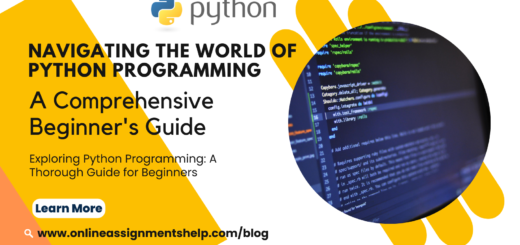Exploring the Benefits and Challenges of E-Learning in Higher Education
E-learning has become an important part of higher education in the digital age, transforming traditional learning methods and expanding educational opportunities. E-gaining is something other than a shift from actual study halls to virtual ones; it’s a key rethinking of how we educate and learn. The various advantages and drawbacks of e-learning in higher education are discussed in this article.

Benefits of E-Learning in Higher Education
- Flexibility and Convenience: Flexibility is one of the most appealing features of e-learning. It permits understudies to get to learning material whenever and anyplace, fitting training around their timetable. Part-time students, professionals who work, and people who have family responsibilities all benefit from this convenience because they can study at their own pace without having to relocate or give up their jobs.
- Different Learning Assets: E-learning stages give a plenty of interactive media content that takes special care of various learning styles. Intuitive recordings, webcasts, tests, conversation gatherings, and live visits improve the growth opportunity and can frequently make complex points more absorbable.
- Increased Accessibility: E-learning makes it possible for students all over the world to take a wide range of courses offered by various universities. It removes geographical barriers and provides access to high-quality education to those who may not otherwise be able to do so due to geographical, financial, or physical constraints.
- Personalized Learning Experience: Personalized learning paths are made possible by e-learning platforms, allowing students to choose their own pace and sequence of instruction. They can tailor the learning experience to meet their specific requirements by revisiting challenging subjects, skipping over established ideas, and taking assessments when they are ready.
- Difficulties of E-Learning in Advanced education: Regardless of the various advantages, E-advancing likewise presents a few difficulties that instructors and students should recognize and address to harvest its maximum capacity.
- Lack of Social Interaction: Face-to-face interaction in traditional classroom learning encourages collaboration and discussion, which in turn fosters a sense of community. In contrast, e-learning can occasionally feel isolated. Students may experience a sense of disconnection from their teachers and peers as a result of the lack of in-person interaction.
- Technical Issues: Not everyone has access to dependable technology or the internet, and these technical issues can make learning difficult. Likewise, the prerequisite of computerized proficiency might present difficulties for certain understudies and instructors who are not well informed.
- Time Management and Self-Discipline: While the adaptability of E-learning is a huge benefit, it requires a serious level of self-restraint and time usage abilities. Without the construction of customary homerooms, a few understudies could battle to remain spurred and stay aware of their investigations.
- Concerns About Quality and Accreditation: With the rise of online courses, it can be hard to guarantee their validity and quality. Some qualifications may not be recognized by employers, and not all online courses provide the depth and rigor of traditional courses.
E-learning is an interesting and always developing field, offering huge advantages and new open doors for advanced education. However, it is essential to acknowledge and address the obstacles it presents in order to fully utilize its potential. The objective ought to be to create a digital learning environment that is welcoming, engaging, and efficient while also respecting the diversity of students and aiming to provide all with high-quality education as we continue to innovate and improve online learning.



